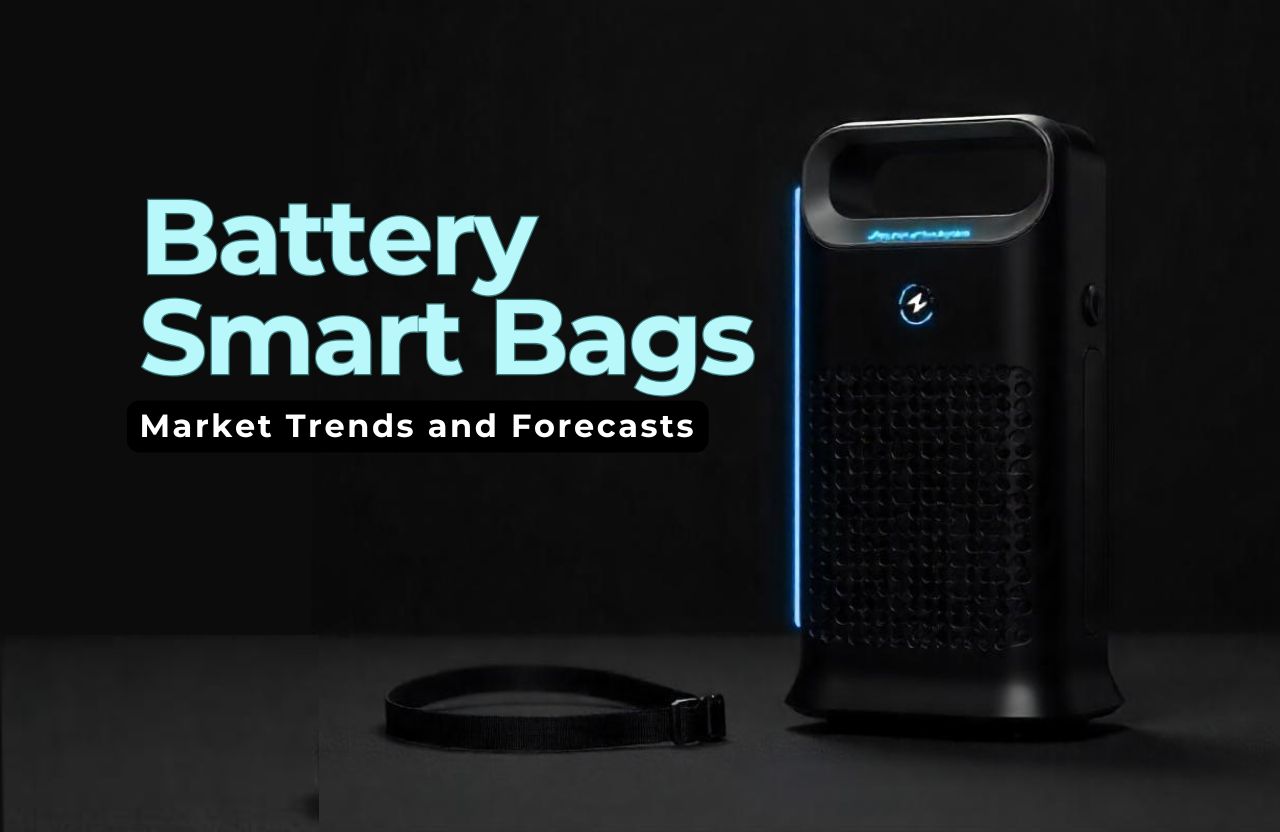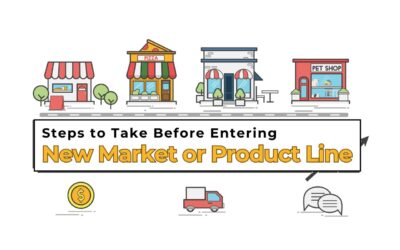Print on Demand (POD) has revolutionized the way businesses approach product creation and sales. This innovative model allows entrepreneurs to create custom products like apparel, accessories, and decor items without the need for upfront inventory costs. However, success in POD hinges on the product and effective marketing strategies that reach and resonate with your target audience. In this blog, we’ll explore proven techniques and tips to elevate your POD marketing efforts and drive sales.
Understanding Print-on-Demand
- What is Print on Demand?
- Definition: POD is a business model where products are manufactured only after a customer places an order, eliminating the need for upfront inventory costs.
- Benefits: Lower financial risk, no storage costs, and the ability to offer personalized products tailored to customer preferences.
- Key POD Products
- Popular Items: T-shirts, hoodies, mugs, posters, phone cases, and more.
- Customization: POD platforms allow for extensive customization options, from designs and colors to sizes and materials, catering to niche markets with unique demands.
The Importance of Marketing in Print on Demand
- Target Audience Identification
- Defining Your Niche: Conduct market research to identify your target demographic’s demographics, interests, purchasing behaviors, and pain points.
- Tools: Utilize tools like Google Analytics, social media insights, and customer surveys to gather data and refine your target audience profile.
- Branding and Design
- Building Brand Identity: Develop a cohesive brand identity that reflects your values, mission, and unique selling proposition (USP).
- Design Aesthetics: Create visually appealing and marketable designs that resonate with your target audience’s preferences and trends.
Effective Print on Demand Marketing Strategies
- Social Media Marketing
- Platforms: Utilize Instagram, Facebook, TikTok, and Pinterest to showcase your products visually and engage with your audience.
- Content Strategy: Plan content calendars that include product showcases, user-generated content (UGC), behind-the-scenes glimpses, and interactive polls or contests.
- Search Engine Optimization (SEO)
- Optimizing Product Listings: Use relevant keywords in product titles, descriptions, and tags to improve visibility in search engine results.
- SEO Best Practices: Ensure your website is optimized for speed, mobile-friendliness, and user experience to enhance search engine rankings.
- Content Marketing
- Content Types: Create blog posts, tutorials, videos, and infographics that educate, inspire, and entertain your audience.
- Value Proposition: Offer valuable content that addresses customer pain points, showcases product benefits, and establishes your authority in your niche.
- Influencer Partnerships
- Identifying Influencers: Research and collaborate with influencers whose followers align with your target market.
- Campaign Execution: Develop authentic partnerships where influencers create content featuring your products, share reviews, or host giveaways to increase brand awareness and drive sales.
- Email Marketing
- Building Your List: Implement lead generation strategies to build an email list of interested prospects and customers.
- Segmentation and Personalization: Segment your email list based on preferences and behaviors to deliver personalized content, promotions, and product recommendations.
Overcoming Challenges in POD Marketing
- Competition
- Differentiation: Highlight unique selling propositions (USPs) such as product quality, design creativity, ethical sourcing, or eco-friendly practices.
- Market Positioning: Position your brand as a leader in a specific niche or sub-market to attract loyal customers who value your offerings.
- Quality Control
- Supplier Selection: Partner with reputable POD suppliers known for consistent quality and reliable fulfillment. Review providers’ production pipeline to ensure that equipment and processes in place, from the Prestige roll printer to the packaging, are capable of meeting your business’s quality standards.
- Customer Feedback: Monitor customer reviews and feedback to address any quality issues promptly and maintain high customer satisfaction levels.
- Scaling Your Business
- Operational Efficiency: Streamline processes and invest in scalable technology solutions to handle increased order volumes efficiently.
- Strategic Partnerships: Form alliances with complementary businesses or service providers to expand your product offerings or reach new customer segments.
Businesses Benefiting from Print-on-Demand Services
E-commerce Stores:
- Benefits: E-commerce businesses can expand their product catalog without the need for upfront inventory costs. They can test new product ideas and designs quickly and efficiently.
- Example: Online clothing retailers can offer personalized apparel with custom designs based on customer preferences.
Brands and Merchandise Companies:
- Benefits: Brands can create branded merchandise such as t-shirts, hats, and accessories to promote their brand identity and engage with their audience.
- Example: A sports team can sell branded apparel and accessories to fans through their online store.
Artists and Designers:
- Benefits: Artists and designers can sell their artwork on various products like prints, canvases, and clothing items, reaching a broader audience without the need for physical inventory.
- Example: A graphic designer can offer their designs on posters, phone cases, and notebooks through a POD platform.
Small Businesses and Startups:
- Benefits: Small businesses and startups can launch new product lines with minimal financial risk. They can focus on marketing and sales without worrying about manufacturing and inventory management.
- Example: A small gift shop can offer custom-designed mugs and home decor items to complement their existing product offerings.
Content Creators and Influencers:
- Benefits: Content creators and influencers can monetize their online presence by selling merchandise featuring their brand or logo. POD allows them to offer unique products to their followers.
- Example: A popular YouTuber can sell branded clothing and accessories to their fan base through their website or social media channels.
Event Planners and Organizers:
- Benefits: Event planners can create custom merchandise for conferences, weddings, and other events. They can offer personalized items as souvenirs or promotional products.
- Example: A wedding planner can provide customized gifts like tote bags and mugs for guests attending a wedding.
Nonprofits and Charities:
- Benefits: Nonprofit organizations can raise funds and awareness by selling branded merchandise. POD enables them to minimize costs and maximize profits for their charitable initiatives.
- Example: A wildlife conservation organization can sell t-shirts and posters featuring endangered species to raise funds for conservation efforts.
Educational Institutions:
- Benefits: Schools, colleges, and universities can create branded merchandise for alumni, students, and faculty members. POD allows them to offer a variety of products without maintaining inventory.
- Example: A university bookstore can sell custom-designed apparel and accessories to students and alumni through their online store.
Retailers and Dropshipping Businesses:
- Benefits: Retailers and dropshipping businesses can expand their product offerings by integrating POD products into their existing inventory. They can offer unique and customizable items to their customers.
- Example: A dropshipping business can add POD products like personalized phone cases and home decor items to their online store to attract a wider audience.
Tourism and Hospitality Industry:
- Benefits: Hotels, resorts, and tourist attractions can offer custom merchandise to enhance guest experiences and promote their brand. POD allows them to create unique souvenirs and gifts.
- Example: A hotel can sell branded clothing, accessories, and artwork featuring local landmarks to guests visiting the area.
Conclusion
Mastering print-on-demand marketing requires a strategic blend of creativity, market understanding, and meticulous execution. By leveraging the strategies outlined in this blog—from defining your target audience and developing a compelling brand to optimizing digital marketing channels and overcoming common challenges—you can maximize the potential of your POD business. Continuously innovate, adapt to market trends, and prioritize customer satisfaction to build a successful and sustainable print on demand brand in today’s competitive landscape.













